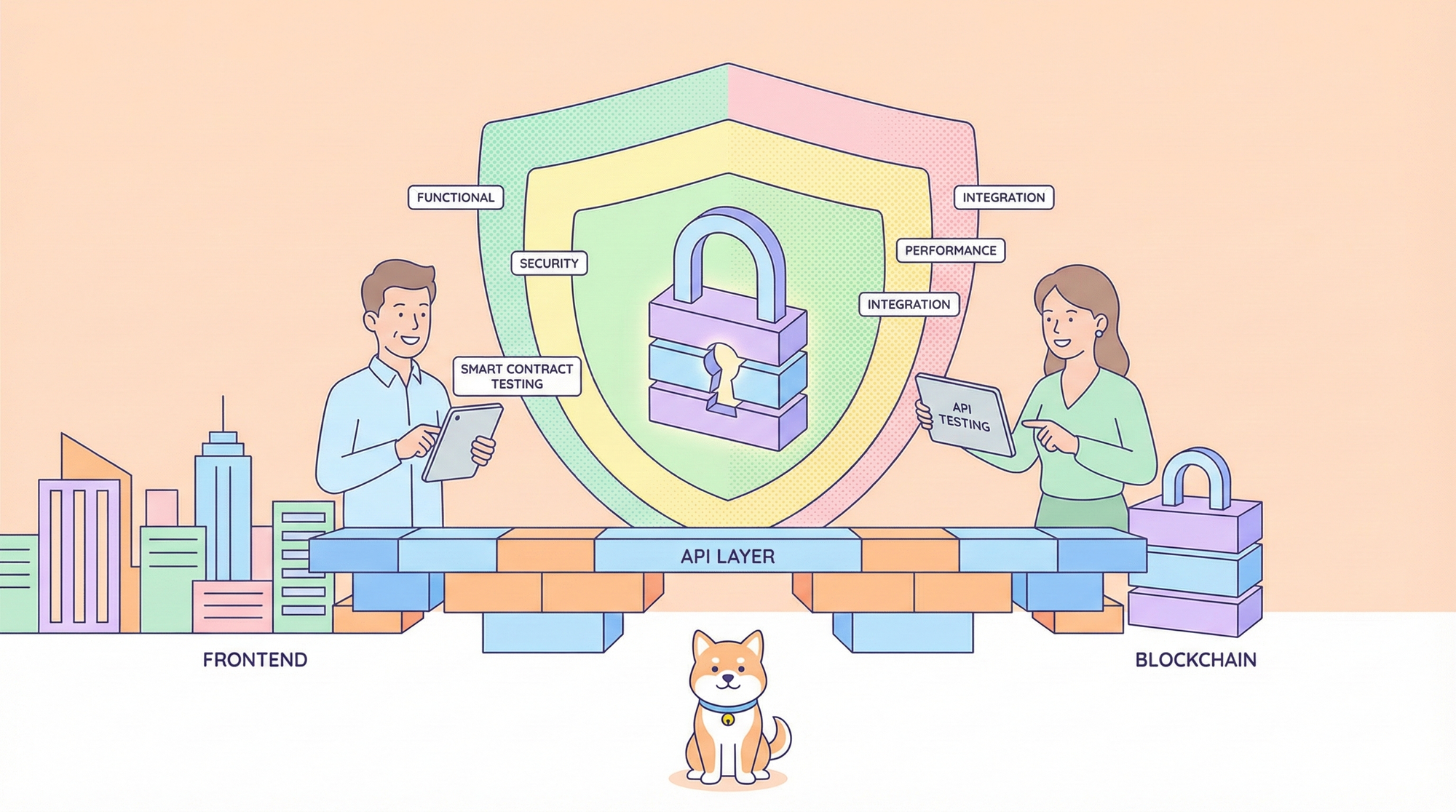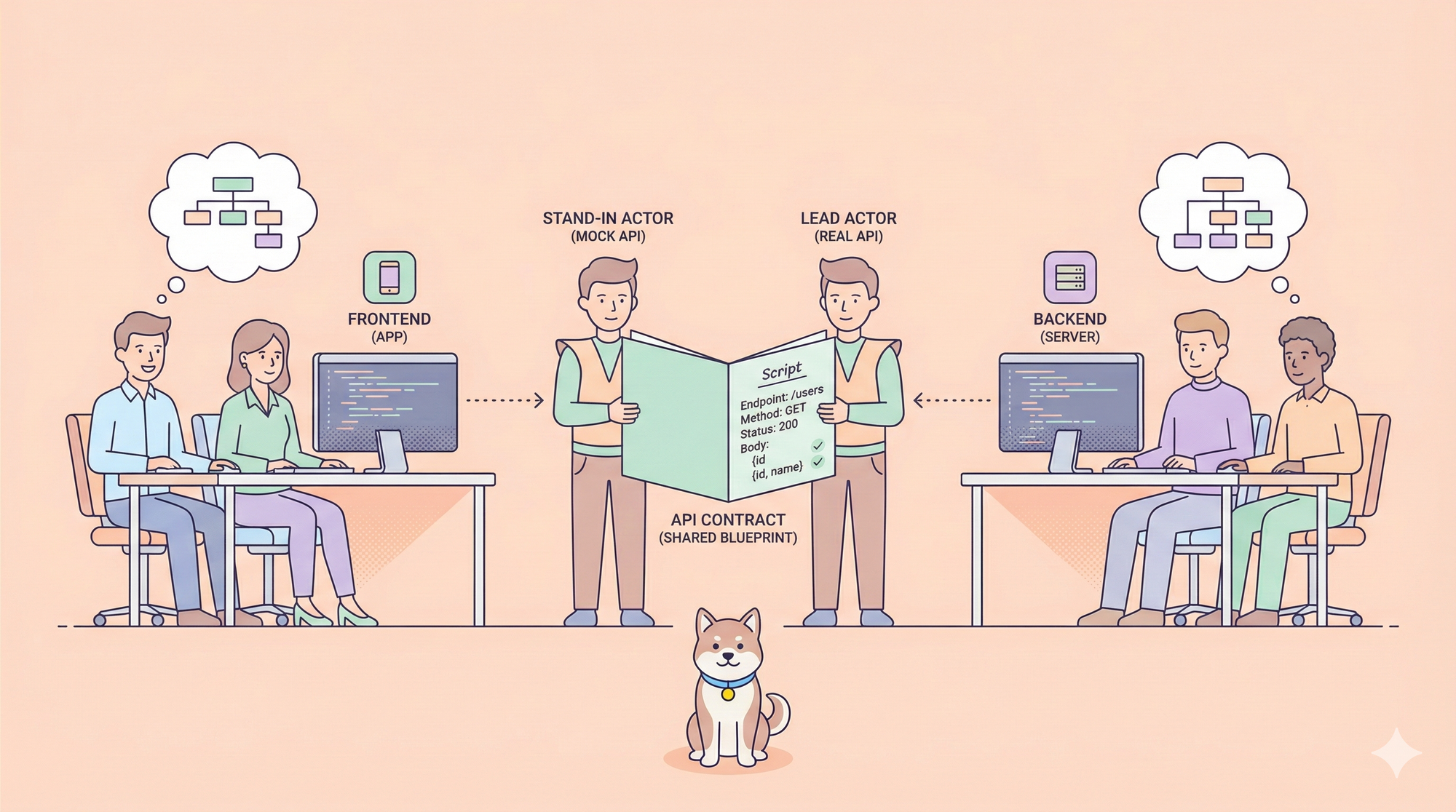In today's interconnected digital landscape, Application Programming Interfaces (APIs) are the fundamental building blocks of software development. They enable different applications, services, and systems to communicate seamlessly. Among the various API architectures, Representational State Transfer (REST) remains dominant due to its simplicity, scalability, and stateless nature. However, developing, testing, and debugging REST APIs efficiently requires specialized tools. This is where REST API clients and testing tools come into play.
Choosing the right Rest Api Client tool can significantly streamline workflows, improve collaboration, enhance testing accuracy, and ultimately lead to higher-quality software. With numerous options available, navigating the landscape can be challenging. This article dives deep into the 15 best REST API clients and testing tools predicted to lead the pack in 2025, helping you select the perfect fit for your needs. We'll explore everything from comprehensive all-in-one platforms to lightweight, focused utilities.
Want an integrated, All-in-One platform for your Developer Team to work together with maximum productivity?
Apidog delivers all your demands, and replaces Postman at a much more affordable price!
What Exactly is a Rest Api Client?
At its core, a Rest API Client is a piece of software designed to send HTTP/S requests to a RESTful API endpoint and display the subsequent responses. Think of it as a specialized browser for APIs. Instead of rendering HTML, CSS, and JavaScript, it allows developers and testers to craft specific requests (GET, POST, PUT, DELETE, etc.), customize headers, add authentication details, manipulate request bodies (often in formats like JSON or XML), and then meticulously inspect the server's response, including status codes, headers, and the response body. Understanding what is api client technology is crucial for anyone working with web services. This client API interaction is fundamental to modern application development. The restapi client acts as the initiator in the client-server communication model for RESTful services.
Why Do You Need a Dedicated Rest Api Client Tool?
While you could use command-line tools like cURL or even write simple scripts (like a java rest client), dedicated REST API clients offer significant advantages:
- User-Friendly Interface: They provide graphical interfaces (GUIs) that make constructing requests and viewing responses much easier and more intuitive than command-line alternatives.
- Request Management: Tools allow you to save, organize, and reuse requests, often grouping them into collections or projects. This is invaluable for repeated testing or development tasks.
- Environment Management: Easily switch between different environments (e.g., development, staging, production) by managing variables for base URLs, authentication tokens, etc.
- Authentication Handling: Simplified workflows for various authentication schemes (Basic Auth, OAuth 1.0/2.0, API Keys, Bearer Tokens).
- Testing Capabilities: Many tools go beyond simple request/response and offer sophisticated testing features, including writing assertions (json testing tool capabilities), chaining requests, and running automated test suites. They function as a crucial rest api testing tool.
- Collaboration: Modern api clients often include features for team collaboration, sharing collections, and synchronizing work.
- Documentation & Mocking: Advanced platforms integrate API design, documentation generation, and mock server creation alongside the client functionality.
These tools are essential rest api tools for anyone needing to check rest api behavior reliably and efficiently.
The Top 15 Best Rest Api Client Tools for 2025
The market for rest clients is vibrant, with tools catering to different needs, from simple API interaction to complex test automation. Here are our top picks for 2025:
1. Apidog: The All-in-One Rest Api Client Collaboration Platform

Apidog takes the top spot due to its comprehensive, integrated approach to the entire API lifecycle. It seamlessly combines API design, development, debugging, testing (manual and automated), mocking, and documentation into a single, cohesive platform. This eliminates the need to juggle multiple tools, reducing friction and improving productivity.
- Key Features: Visual API design (OpenAPI/Swagger), powerful Rest Api Client for debugging, automated testing with assertions, intelligent mocking (including advanced expectations), collaboration features (team workspaces, role-based access), beautiful documentation generation, code generation (including rest api client in java), CI/CD integration.
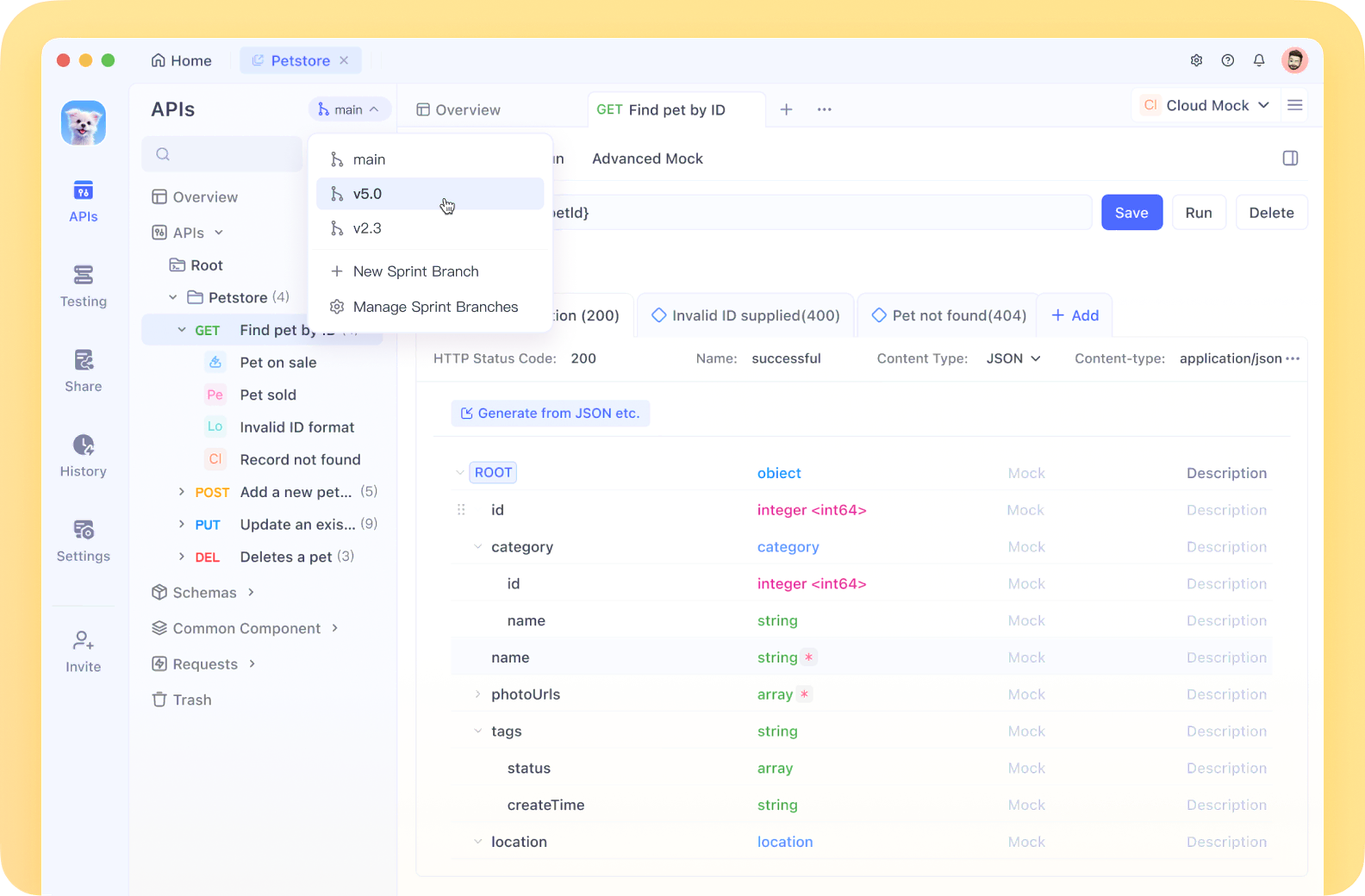
- Why it stands out for 2025: Its focus on integrating all phases of API development makes it incredibly efficient. The robust testing and mocking capabilities are top-tier, and its collaborative features are essential for modern development teams. It’s more than just a rest client application; it's a full API ecosystem manager. Apidog aims to be the ultimate rest api tool.
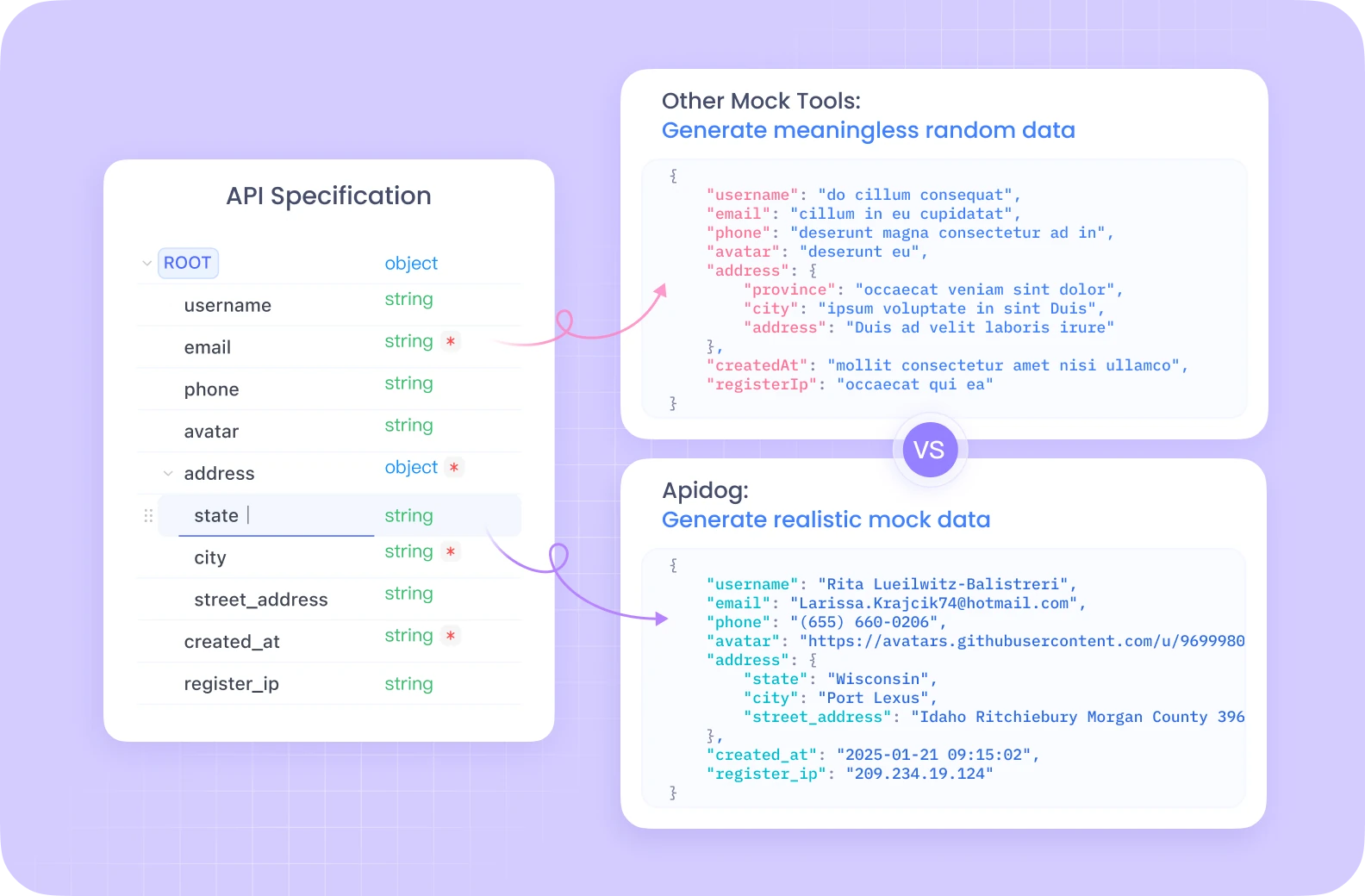
2. Postman: The Popular Rest Api Client and Collaboration Platform

Postman is arguably the most well-known Rest Api Client and has a massive user base. It started as a simple chrome rest api client extension and evolved into a feature-rich standalone application and cloud platform. The postman rest client is often the default choice for many developers.
- Key Features: Intuitive UI, collection and environment management, request scripting (JavaScript), test automation with assertions, monitoring, mocking, API documentation, team workspaces. The postman api client offers a wide range of functionalities.
- Considerations: While powerful, it can sometimes feel resource-intensive. Some advanced collaboration and monitoring features require paid plans. People sometimes look for a postman lightweight api client alternative if they find it too heavy. However, the rest api client postman (or postman rest api client) remains a benchmark.
3. Insomnia: The Open-Source Rest Api Client Powerhouse

Insomnia is a sleek, cross-platform Rest Api Client known for its clean interface and strong feature set, including excellent GraphQL support alongside REST. Being open-source appeals to many developers.
- Key Features: Beautiful UI, powerful environment and templating system, request chaining, code generation, plugin architecture for extensibility, GraphQL support, test automation (Insomnia Unit Tests).
- Considerations: While very capable, its testing features might not be as extensive out-of-the-box as dedicated testing platforms like Katalon or the integrated approach of Apidog.
4. Bruno: The Git-Friendly, Offline-First Rest Api Client

Bruno is a newer, rapidly evolving Rest Api Client gaining traction, particularly for its unique approach. The bruno api client stores collections directly on the filesystem using a plain text markup language (Bru Lang). This makes it inherently Git-friendly for version control and collaboration.
- Key Features: Stores collections as files (great for Git), offline-first design, scripting (JavaScript), assertions for testing, Bru Lang for defining requests. The bruno rest client focuses on developer experience.
- Considerations: As a newer tool, its feature set might still be maturing compared to giants like Postman or Apidog, but its core philosophy is compelling for many.
5. Hoppscotch: The Open-Source, Web-Based Rest Api Client

Formerly known as Postwoman, Hoppscotch is a fast, beautiful, and open-source API request builder that runs primarily in the browser, making it an excellent online rest client. It also offers desktop apps and self-hosting options.
- Key Features: Slick web UI, PWA support, real-time WebSocket/SSE/Socket.IO/MQTT support alongside REST & GraphQL, scripting & testing, environments, pre-request scripts, history. Often cited as a lightweight api testing tool.
- Considerations: Being web-first might be a limitation for users requiring purely offline capabilities, although desktop versions mitigate this.
6. Swagger UI: The Interactive Rest Api Client Documentation Viewer

Swagger UI isn't a standalone Rest Api Client in the same vein as Postman or Apidog, but it's indispensable. It takes an OpenAPI Specification (formerly Swagger) definition and generates interactive API documentation with a built-in client, allowing users to make live API calls directly from the documentation.
- Key Features: Generates interactive documentation from OpenAPI specs, allows making test calls (rest api caller functionality) within the docs, customizable UI. Acts as a helpful rest viewer.
- Considerations: Its primary function is documentation and exploration based on a spec, not complex test automation or request management like dedicated clients.
7. Katalon Studio: The Comprehensive Automation Rest Api Client Tool

Katalon Studio is a broad test automation platform covering web, mobile, desktop, and API testing. Its Rest Api Client capabilities are robust, making it ideal for teams needing an integrated solution for various testing types.
- Key Features: Supports REST and SOAP, GUI for creating API tests, scripting mode (Groovy), data-driven testing, BDD support, integrates with CI/CD tools, reporting. A solid rest api testing tool.
- Considerations: Can be overkill if you only need API testing. It's a more heavyweight application focused on comprehensive QA automation.
8. SoapUI: The Veteran Rest Api Client and SOAP Testing Tool

SoapUI has been a stalwart in the API testing world for years, particularly strong in SOAP web services but also offering capable REST testing features. It comes in open-source and pro versions (ReadyAPI).
- Key Features: Strong SOAP support, REST testing capabilities, test generation, service simulation/mocking, reporting. One of the original tools to test rest api.
- Considerations: The UI can feel dated compared to newer tools. Often considered more enterprise-focused, especially the Pro version.
9. Advanced REST Client (ARC): The Streamlined Rest Api Client
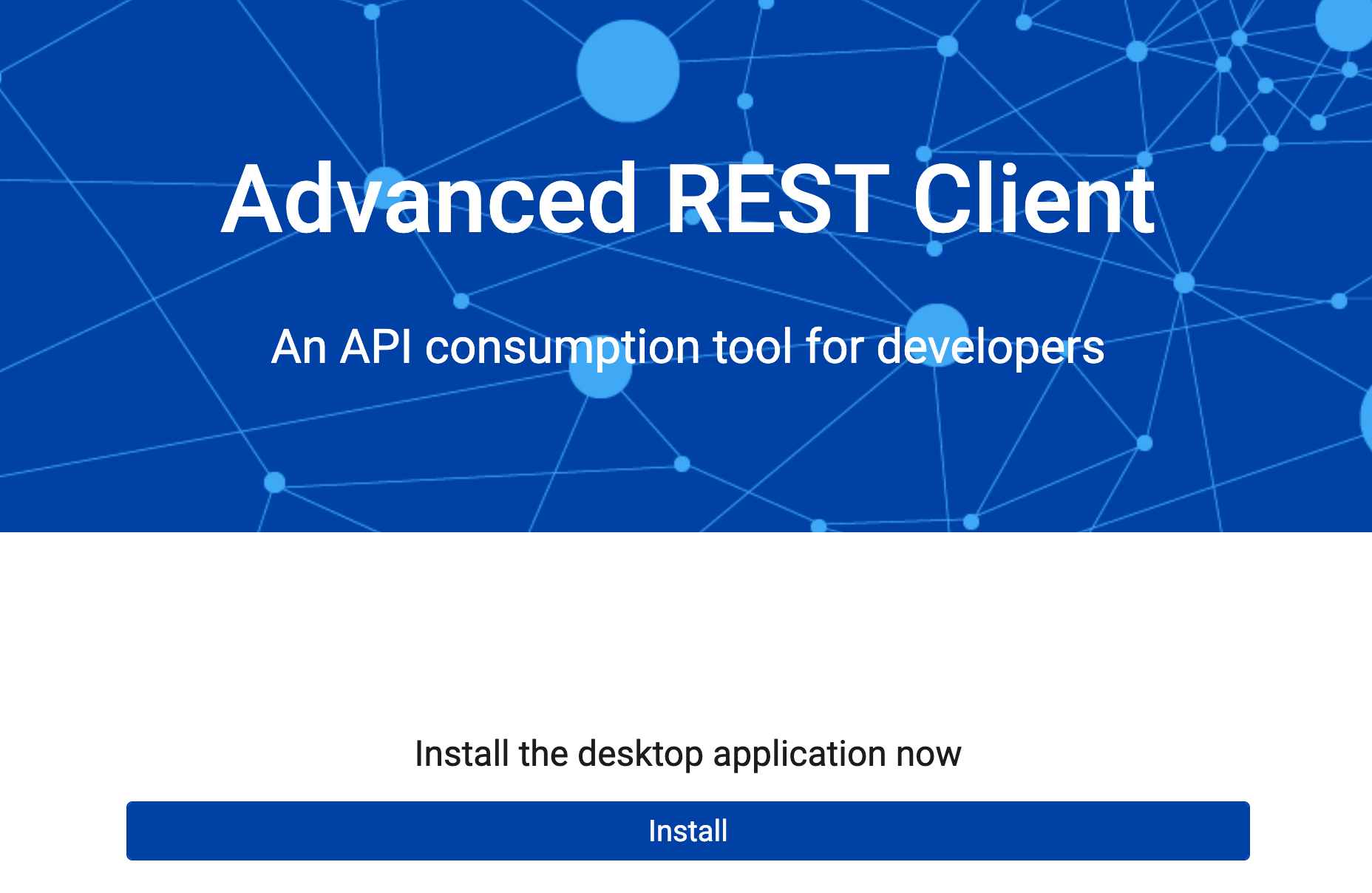
The Advanced Rest Client (ARC) started as a popular Chrome extension and transitioned into a standalone desktop application. It focuses on providing core Rest Api Client functionalities in a clean and efficient manner.
- Key Features: Simple and intuitive UI, request history, variable system, Drive integration (for saving/sharing requests). A good example of a focused rest client application.
- Considerations: May lack some of the advanced testing, collaboration, or mocking features found in platforms like Apidog or Postman.
10. HTTPie: The Command-Line Rest Api Client for Humans

HTTPie offers a human-friendly command-line alternative to cURL for interacting with APIs. Its intuitive syntax, JSON support, and syntax highlighting make it a pleasure to use for quick tests or scripting.
- Key Features: Simple and expressive CLI syntax, built-in JSON support, syntax highlighting, persistent sessions, plugin support. A developer-favorite rest client.
- Considerations: Being a CLI tool, it lacks a GUI, which might not suit everyone's workflow, especially for complex scenarios or extensive test suites.
11. RESTer: The Firefox Browser Rest Api Client Add-on

For Firefox users preferring a browser-based solution, RESTer is a popular add-on. It provides core Rest Api Client functionality directly within the browser. Similar tools exist for Chrome, fulfilling the need for a basic rest client for chrome browser (though RESTer is Firefox-specific).
- Key Features: Request editor, authentication helpers, history, runs within Firefox.
- Considerations: Browser extensions are often less powerful than standalone applications and might have limitations due to browser sandboxing.
12. Restlet Client: The Established Rest Api Client Tool

The Restlet Client (originally by the Restlet framework creators, later acquired) has been around for a while, offering capabilities for API testing and interaction. It provided visual tools for crafting HTTP requests and inspecting responses.
- Key Features: Request creation, history, environment management, basic testing assertions. The restlet client was a known name in the rest api clients space.
- Considerations: Its prominence may have decreased compared to newer or more actively developed tools. Ensure the current version meets your needs.
13. Testfully: The Modern Collaborative Rest Api Client

Testfully is a modern Rest Api Client focusing on speed, collaboration, and robust testing features, including validations and monitoring.
- Key Features: Offline-first desktop app, collaboration features, environment variables, validations/assertions, request chaining, importing from various formats. A contender in the restful api software category.
- Considerations: Newer than some established players, so the community and plugin ecosystem might be smaller.
14. Firecamp: The Multi-Protocol Rest Api Client

Firecamp distinguishes itself by supporting multiple protocols beyond REST, including GraphQL, WebSocket, and Socket.IO, within a single interface.
- Key Features: Multi-protocol support, collaborative workspaces, environments, scripting, testing. A versatile api client.
- Considerations: If you solely work with REST, the added complexity of multi-protocol support might be unnecessary.
15. ReadyAPI (from SmartBear): The Enterprise Rest Api Client Platform

ReadyAPI is SmartBear's commercial API quality platform, building upon the foundation of SoapUI Pro. It's an enterprise-grade solution offering comprehensive functional testing, load testing, security testing, and service virtualization for REST, SOAP, and other web services.
- Key Features: End-to-end testing capabilities (functional, load, security), data-driven testing, extensive reporting, CI/CD integration. A powerful rest testing tool.
- Considerations: It's a premium, enterprise-focused tool with a corresponding price tag, likely overkill for individual developers or small teams.
Choosing the Right Rest Api Client and Testing Tool
With so many excellent rest api clients available, how do you choose? Consider these factors:
- Do you just need to make simple calls (rest api caller), or do you need comprehensive design, mocking, documentation, and automated testing (rest api test tool)?
- Are you working with simple APIs or complex microservice architectures?
- Do you need to share collections and workspaces with a team?
- How sophisticated are your testing needs? Do you need assertions, data-driven tests, integration with CI/CD? Consider options ranging from a basic rest tester to full suites. Look for good json testing tool features if you primarily use JSON.
- Are you looking for free rest api testing tools or are you willing to pay for premium features and support? Many tools offer free tiers with paid upgrades.
- Do you prefer a desktop application, a web-based tool (online rest client, rest client online), a browser extension (rest api client chrome), or a command-line utility (rest-client)?
- Does the tool integrate well with your existing workflow (e.g., Git, CI/CD pipelines)?
- While this article focuses on REST, do you also need support for GraphQL, SOAP, WebSockets etc.?
- Are you exploring rest alternatives or restful api alternative approaches like GraphQL? Ensure your tool supports them if needed, or stick to a dedicated restful client if REST is your focus. You might even need a free rest api for testing purposes (mock endpoints).
Consider trying out a few tools that seem like a good fit. Most offer free versions or trials. Setting up a request to a common rest endpoint for testing (like JSONPlaceholder) in each tool can give you a feel for their usability.
Conclusion: Empowering Development with the Right Rest Api Client
Effective REST API clients and testing tools are no longer just conveniences; they are essential components of the modern software development toolkit. From designing and debugging to comprehensive testing and documentation, these rest api tools significantly boost productivity, improve API quality, and facilitate better collaboration among teams.
Whether you choose the all-encompassing power of Apidog, the ubiquity of the postman rest api client, the open-source elegance of Insomnia, the Git-friendliness of the bruno rest client (the quest for the perfect postman lightweight api client alternative continues)., the web-based convenience of Hoppscotch, or any of the other excellent api call tools listed, investing time in selecting and mastering the right restclient will pay dividends. As APIs continue to power the digital world, having the best tools to test rest api implementations is crucial for building reliable and robust applications in 2025 and beyond. Choose wisely, and happy coding!

